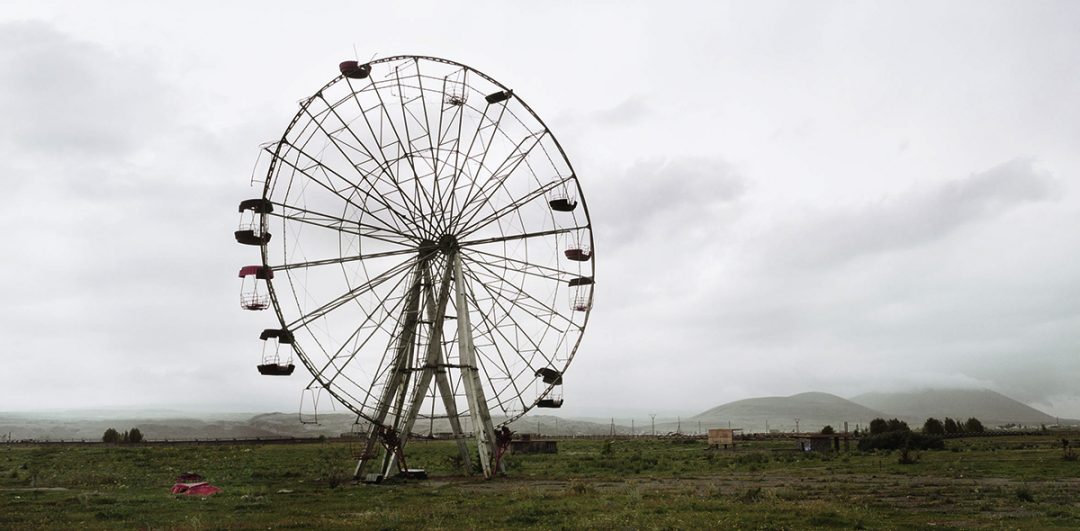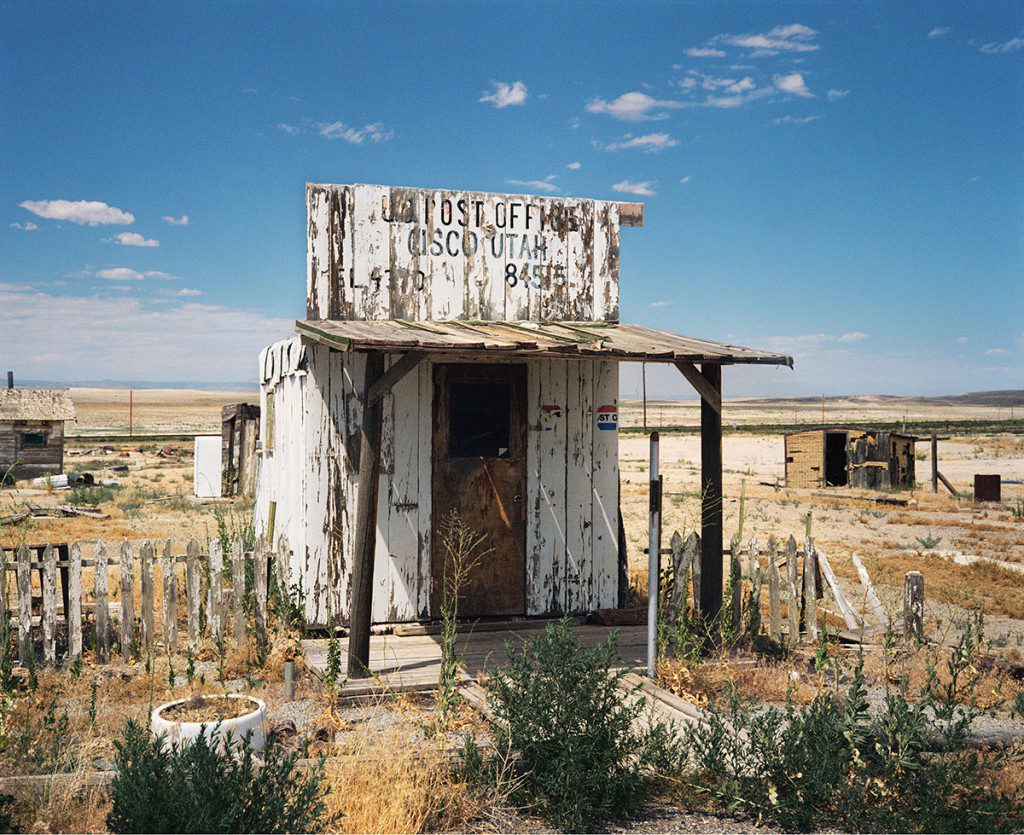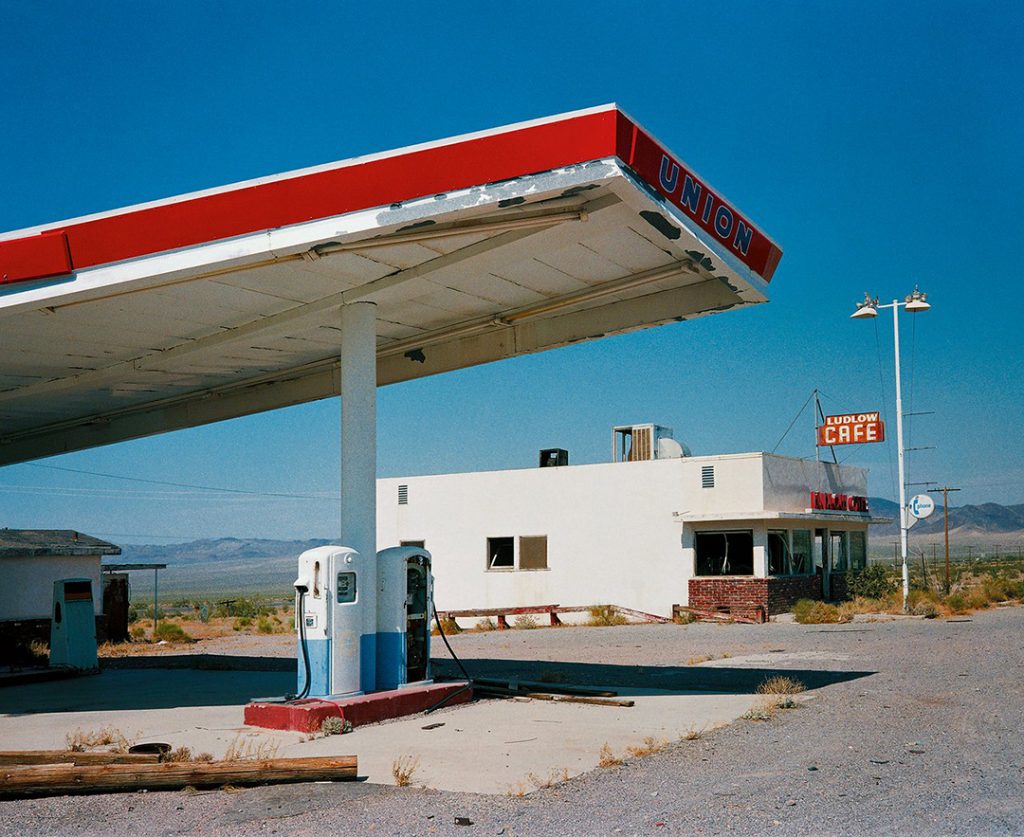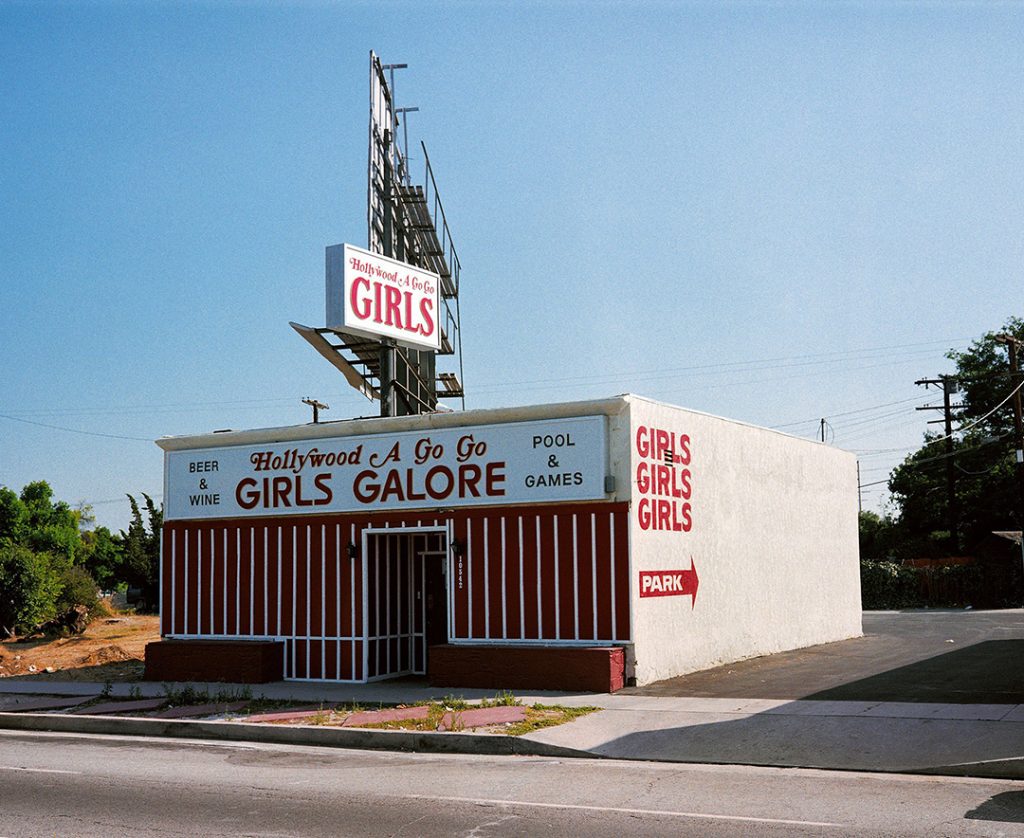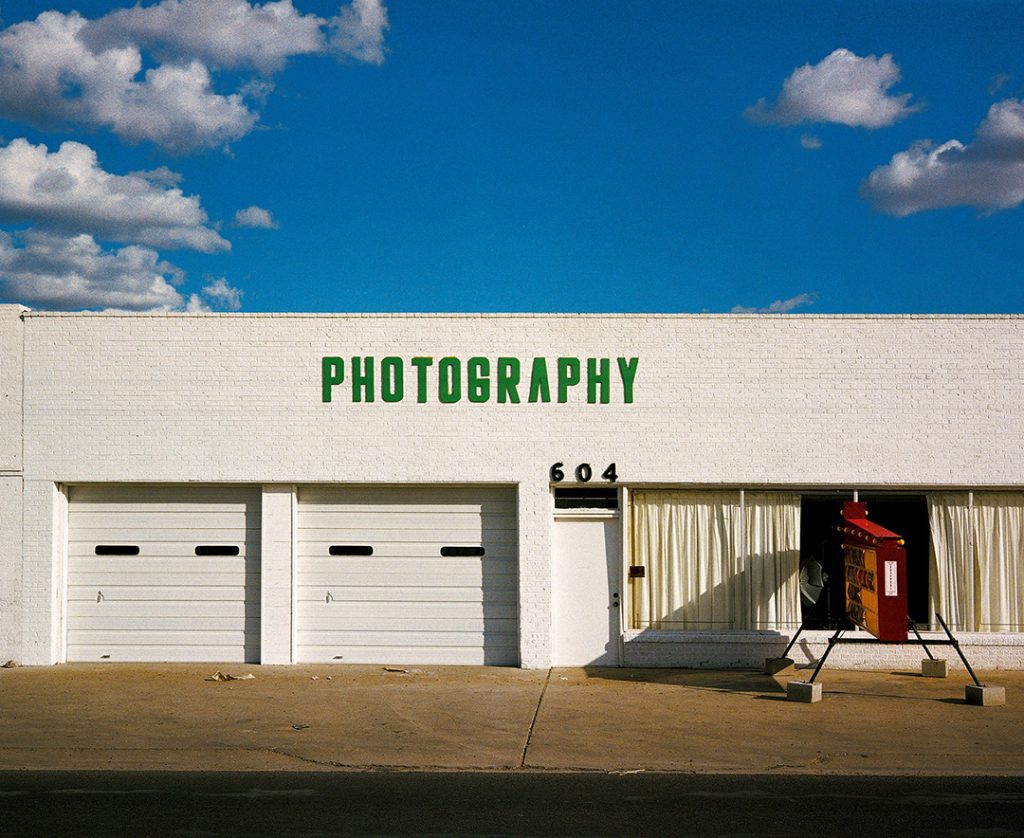Wim Wenders and his Plaubel and Fuji
‘I love photography because I’m not the one who’s telling the story, I’m just listening to it. I think of my camera as a listening device.’ – Wim Wenders
Wenders is best known as a director and playwright. Yes, and even a photographer. Along with his trusty Plaubel Makina 67 , (also used extensively by Helmut Newton), and panoramic cameras, he has produced some really great work from around the world. While his original claim to fame was a film called “Paris, Texas” released in 1985, his thoughtful and iconic images of places and spaces around the world has cemented his true love,…photography. While “Wings of Desire” won him the Best Director award at Cannes in 1987, he still proclaims,…”without photography I really do think I’d go mad.” Mad or not, his love of the medium is quite apparent in his work. Nominated for an Oscar for the 1999 documentary “Buena Vista Social Club”, it’s his photography that has consumed much of his attention.
He has recently increased the number of his exhibits, as he travels the world with his wife. He is still able to find the moment or place that just seems to escape others. It’s almost a perverse skill that seemingly produces the most hauntingly beautiful scenes that many of us have seen before. But, still, not seen at all. It took a Wim Wenders to introduce us to what was before our very eyes. Places that people are coming to, or had forever left. Neat little cinematic scenes just frozen in time. Probably first sprouted from crisscrossing America and taking stills for his movie, “Paris, Texas”.
Around the World
Wenders was born in Germany in 1945. Although he now lives in Berlin, many years were spent in New York and Los Angeles. Photographs spanning a street corner in small town America to a children’s playground on the Adriatic. He has spent a lifetime recording similar enigmatic images in Cuba, Germany, Japan, Italy,…and most the rest of the world. His work favors the traditional processes by which the photographic negative is transformed into the positive image.
In 1966 after studying medicine and philosophy at university, he moved to Paris,to study painting. But American cinema and photography soon took over. His fantasized views of America became a slight obsession. He thought of America through the rose colored glasses of small-town diners, motels, gas-stations and vast expanses of tumbleweed strewn landscapes. Even his production company was called ‘Road Movies’. Finding abandoned desert towns with buildings and streets intact was something very foreign to a European. I suppose it was like being on another planet.
His first exhibition came from those travels of zigzagging across America. It was held at the Pompidou Centre in Paris in 1986. Over the past 30 years, he has exhibited around the world, and increasingly traveled with the sole purpose of taking photographs. He works without an assistant, hefting his Fuji GX 617 Panoramic camera and lenses in a suitcase. He has said that he can only take images when he is alone, so he can immerse himself in the scene before him.
Traditionalist
Wenders is a film purist. He likes neither digital photography or digital manipulation and montage. “I don’t want to bash it, it’s a different thing, but I don’t think it’s photography.” And, so, no stitching 4 images together for him. If he wants a panoramic image, he’ll use a panoramic film camera.
Visit his website below, catch his books, and enjoy his movies. (including the documentary on photographer Sebastiao Salgado, “Salt of the Earth”)

